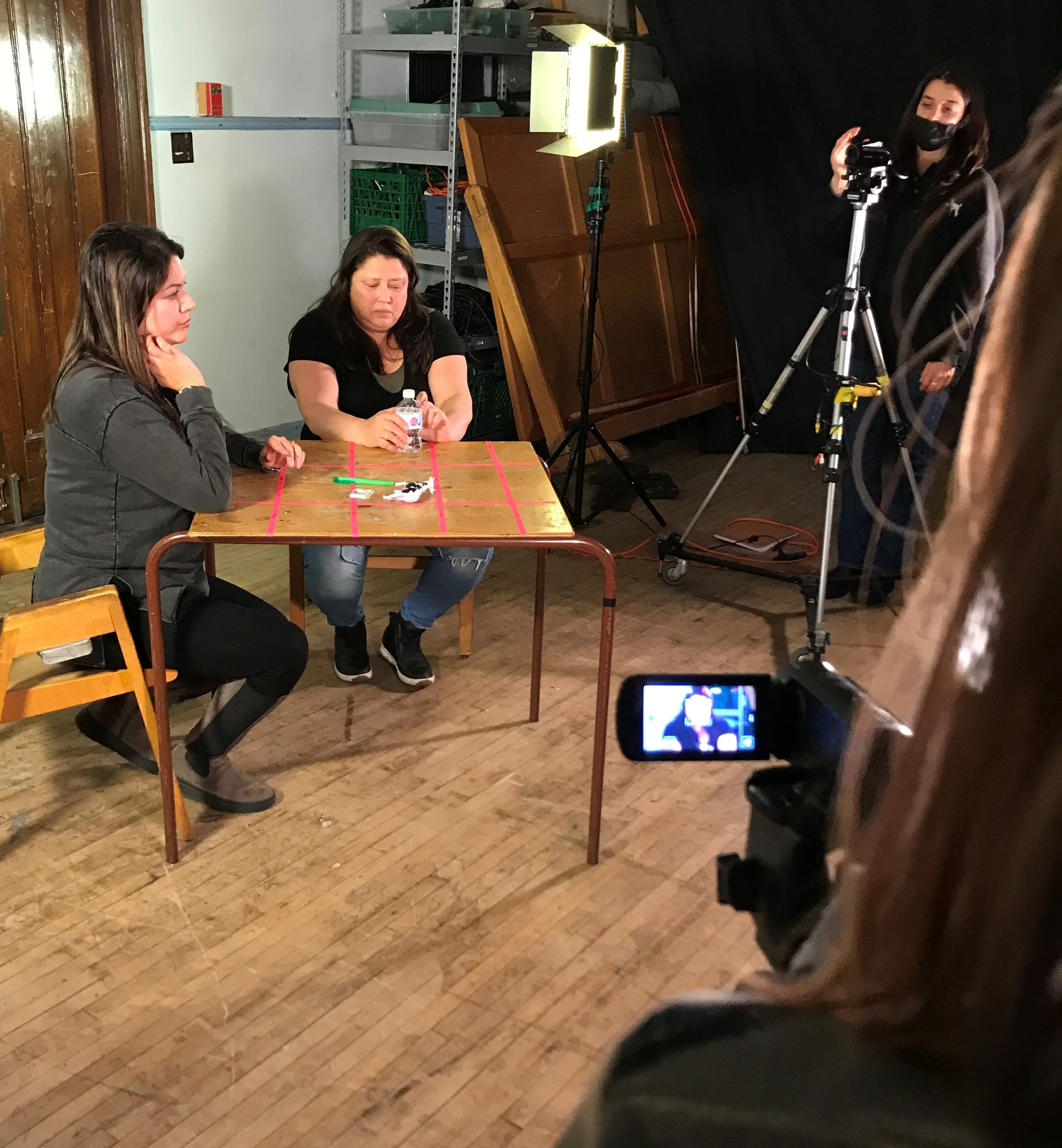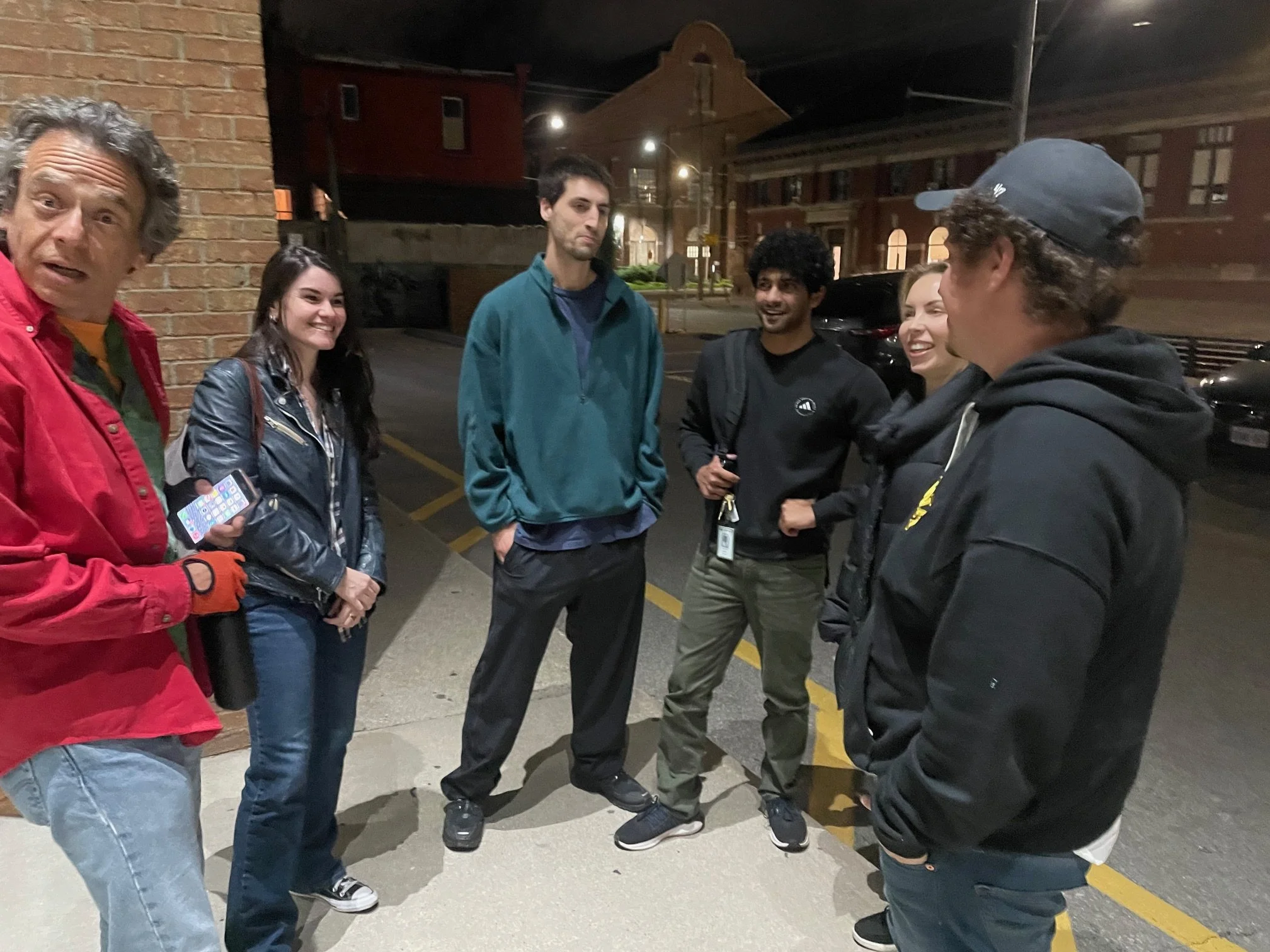Taras Shevchenko
/Taras Shevchenko, the national bard of Ukraine, is a founder of modern Ukrainian literature and language. A champion of people’s freedom, with his poetry, he played a leading role in the formation of the Ukrainian national identity and consciousness. Political and revolutionary, his poems which speak to the struggles of all oppressed peoples have been translated into over 100 languages.
Taras Hryhorovych Shevchenko, also known as Kobzar Taras, or simply Kobzar was born on March 9, 1814 in Moryntsi, Kiev, Ukraine.
In his letter to the editor of the magazine, The People’s Reader, Shevchenko wrote, “The history of my life is a part of the history of my homeland.” These words are the key to understanding the creative work of Shevchenko the artist and poet.
In his famous poem, My Friendly Epistle, Shevchenko asks,
“Brother, go slow!
Who are you then?”— “I do not know—
We’ll let the Germans speak to that,
For they have all the answers pat!”
And then further,
“Some day we’ll have the time,” you groan,
“To speak our native language well
If some smart foreigner will tell
Its principles; if he’ll relate
Our history as well, then straight
We’ll study at a furious rate!”
He cries out to his fellow Ukrainians,
Come to your senses! Human be,
Or you will rue it bitterly:
The time is near when on our plains
A shackled folk will burst its chains.
And finally, he urges,
Gain knowledge, brothers! Think and read,
Another great poem, Kateryna, in which the acute social-exposing theme sounded out in full voice. The theme of Kateryna is an actual one for that period. In it, Shevchenko exposed the tragic fate of a Ukrainian serf girl, who was seduced and than abandoned and disgraced by a Russian officer.
Fall in love, O dark-browed maidens,
But not with the Moscali, (Moscow)
For Moscals — they’re foreign folk,
Bringing naught but grief.
The Moscal will love in jest,
And in jest abandon;
In 1843, after a 15-year break and the completion of his studies at the Academy of Arts, St. Petersburg, Shevchenko again visited Ukraine and felt the tragedy of enslavement and the loss of political and national rights. In 1845 moving to Kyiv he met like minded artists and poets and they formed a group based on ideas such as Pan-Slavism and where was Ukraine’s place among the Slavic peoples.
He advocated the independence of Ukraine and the Ukrainian people, but also took the broad view that all Slavs had much in common and worked for that unity among the Slavic nations advocating the unification of the Slavic peoples on a democratic basis.
Members of this group – Ukrainian-Slavic Society or Cyril and Methodius Society – were arrested and sent to prison in St. Petersburg for writing poems in the Ukrainian language and ridiculing members of the Russian Imperial House.
For Shevchenko’s writing and speaking against the rulers of Ukraine the Emperor himself personally added to his sentence, “Under the strict supervision, with the prohibition of writing and drawing.”
Shevchenko responded saying, “…the reason for my inexpressible suffering…I’m still forbidden to draw. The noblest part of my poor existence has been taken away.”
Shevchenko’s resistance increased in proportion to the pressure of the Russian government machine and in spite of the ban he created 145 poems during his imprisonment – almost half of his poetic heritage. His famous poetic response to the Emperor lies in his poem N. N. where he writes, “I am punished, I suffer - but I do not repent!”
The significance of his poetry is enormous as his writing lifted the authority of the Ukrainian language and made it the irrevocable symbol of the Ukraine.
In total he wrote 237 poems as well as plays, novels and short stories in Russian and was a noted ethnographer and folklorist.
He was finally released from prison in 1857.
Taras Shevchenko was a noted painter, and the inevitable value of Shevchenko’s art heritage is in that it expressed the interests of the Ukrainian people living in his own era. The ideas and themes of his works as an artist expressed the moods of the oppressed masses not only in Ukraine; they also expressed the aspirations and hopes of working people of different nationalities.
He was an outstanding master of Ukrainian painting and graphic art, the founder of critical realism and the folk element in Ukrainian fine arts. The creative work of Shevchenko, which was closely tied with the reality of that period and was based on the national-liberation movement, was basically connected with and directed into the future. It is an important stage in the development of realism and the folk element in art. Ukrainian artists refer to the artistic heritage of Shevchenko as one of the greatest and most valuable national traditions.
His art sharply criticized idealism. Shevchenko utilized his native landscape and life itself as the basis of his artistic work. At that time, he resolutely opposed the blind copying of landscapes, i.e., naturalism. Shevchenko looked upon nature’s highest creation - the human being - as the main object in art.
His view on the role of art in society is directly connected with his materialistic outlook. He considers the service to humanity as the highest vocation of an artist.
In April 1839, Shevchenko was awarded a silver medal by the Council of the Academy, St. Petersburg. He received another silver medal, this time for his oil painting The Beggar Boy Giving Bread to a Dog. In September 1841, the Academy of Arts awarded Shevchenko his third silver medal, for the painting The Gypsy Fortune Teller. In the art of etching, Shevchenko achieved such great success, that the Imperial Academy of Arts was obliged to award him with the honorable title of Academician Engraver in 1860.
The earliest statues of Shevchenko were created by the authorities in the Soviet Union. The first was unveiled in Romny in October 1918. Statues were erected in Moscow in November 1918 and Petrograd in December 1918.
On June 30th, 1951, The Ukrainian Canadian Jubilee Festival was held in Maple Leaf Gardens in Toronto, commemorating the 60th anniversary of Ukrainian immigration to Canada. It was attended by 10,000 viewers. The following day, in the presence of an estimated 45,000 people, a monument to Ukraine’s bard, Taras Shevchenko, was unveiled at the Association of United Ukrainian Canadians (AUUC) Summer Children’s Camp in Palermo (now part of Oakville, Ontario). This was the first such monument to Taras Shevchenko, on the North American continent.
In 2016, a landmark series of art exchanges took place between Ukraine and China. It culminated with the opening of the Taras Shevchenko Museum in Beijing in September 2016, the first institution of its kind to be funded fully by a foreign government and not the Ukrainian state or diaspora.
There is a Taras Shevchenko Museum on Bloor Street in Toronto that includes some of his original art. He died on March 10, 1861 in Saint Petersburg, Russia.
Sources
Shevchenko museum, library, galleries. https://www.shevchenko.ca/
https://taras-shevchenko.storinka.org/
https://zaklynsky.wordpress.com/
Association of United Ukrainian Canadians. https://www.auuc.ca/aboutus.html
N. I. Zharkikh. https://www.t-shevchenko.name
Wikipedia. https://en.wikipedia.org/wiki/Taras_Shevchenko








